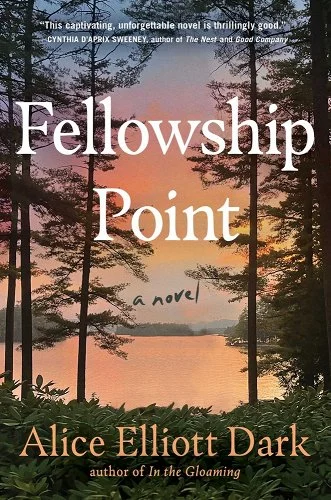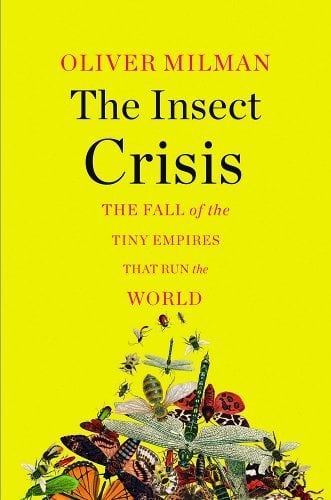
Philosopher Albert Camus summed it up best when he wrote: “The purpose of a writer is to keep civilization from destroying itself.”
The books we’ve highlighted below include a number of writers, including our reviewers, who are trying to do just that.
We hope you enjoy the reviews and that you support these amazing writers. And, if you’d like to purchase any of these books, we’ve created a list on Bookshop.org, which helps support this blog.
See you in 2023!
JoeAnn Hart
JoeAnn Hart is the author of the novel Float, which swirls around conceptual art, bankruptcy, and plastics in the ocean. Her most recent book is Stamford '76, A True Story of Murder, Corruption, Race, and Feminism in the 1970s. Her collection of short fiction, Highwire Act & Other Tales of Survival, is forthcoming from Black Lawrence Press in 2023.
Writing Wild, Women Poets, Ramblers, and Mavericks Who Shape How We see the Natural World, by Kathryn Aalto. I found out more about the writers I already loved in this well researched and entertaining book, like Vita Sackville, Rachel Carson, and Diane Ackerman, but the best part was discovering new writers, such as Mary Austin and Nan Shepard. Bonus points: With every author she covers, Aalto then lists a few others like that one. Great resource list and index in back.
Lillie Gardner
Lillie Gardner is a writer based in St. Paul, Minnesota. Her work has been published in Quail Bell Magazine, Delmarva Review, Long River Review, and more. She's also an essays reader for Hippocampus Magazine and a contributor at Feminist Book Club.
I couldn’t put down Kathryn Savage’s gorgeous lyric essay Groundglass, which is a poetic reckoning with environmental pollution and its unavoidable connection to human bodies. In the book, Savage blends tough questions about external systems with nuanced reflections on internal harm. Savage chooses the lyric essay, a hybrid form combining poetry and essay, as the conduit for this examination, which is some of the most beautiful and heartrending environmental writing I’ve read.
Midge Raymond
Midge Raymond is a co-founder of Ashland Creek Press. She is the author of the novel My Last Continent and the award-winning short story collection Forgetting English.
My favorite EcoLit book of 2022 is Alice Elliott Dark’s Fellowship Point, a novel about land and stewardship, about nature and conservation — but more than that, it is a book of friendship across the decades and about the complexities of women’s lives, told in part by two extraordinary narrators who experienced nearly a century of life in the world.
I also loved Jessie Greengrass’s The High House, an important novel that doesn’t depict a world completely transformed by climate change as much as it reveals our current condition — a world slowly and inevitably ravaged as we humans collectively watch it happen and do nothing about it.
John Yunker
Author of the novels The Tourist Trail and Where Oceans Hide Their Dead. Co-founder of Ashland Creek Press and editor of Writing for Animals (also now a writing program).
Creativity is something that is easier to identify than to explain. And one person’s definition of creativity may vary from your definition. For proof, you need only enter the modern art wing of a museum to hear “Why is that art?” uttered. But though creativity may be in the eye of the beholder, nobody would suggest that humans are not creative.
Yet so many people — even a few interviewed in The Creative Lives of Animals by Carol Gigliotti — are reluctant to admit that the species we share this planet with are also creative.
Perhaps this book will change their minds.
I hope people read The Insect Crisis and act on it. Because when it comes to saving insects it really is about all the small things we can do. It will take millions of us making millions of small changes to save a few billion or trillion insects.
John is co-author, with Midge Raymond, of the Tasmanian mystery Devils Island. He is also author of the novels The Tourist Trail and Where Oceans Hide Their Dead. Co-founder of Ashland Creek Press and editor of Writing for Animals (also now a writing program).







